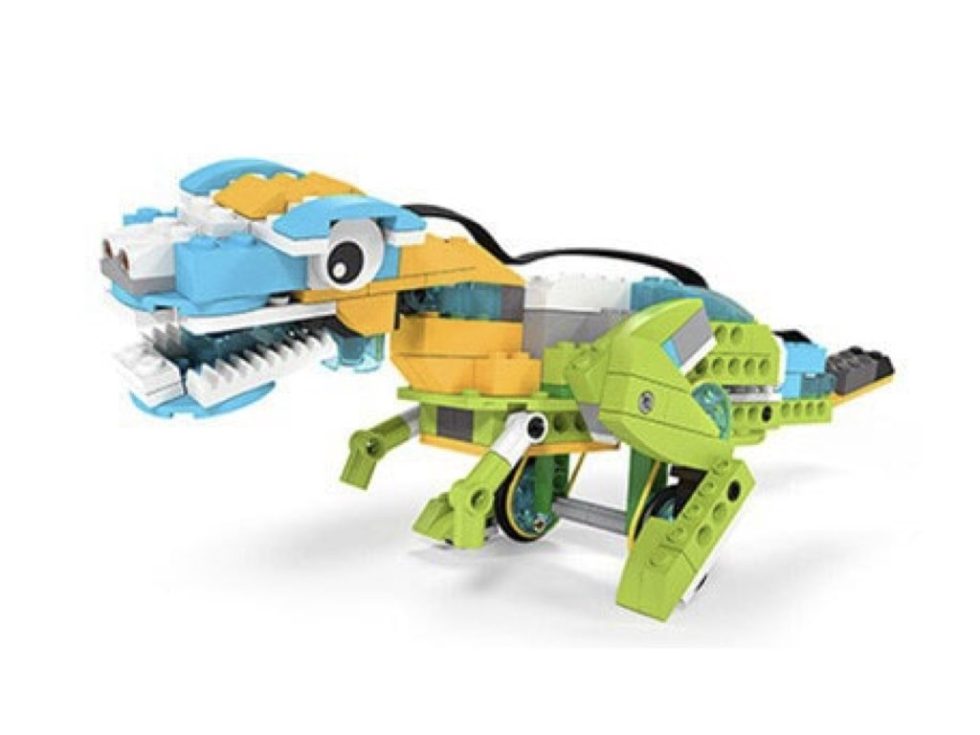

Level 1 - Guided Learning with Science Context The Masterclass programme consists of 2 Levels: One group can have a maximum of six children.At the LEGO Education WeDo 2.0 Masterclass, your child will learn the full spectrum of uses, techniques, concepts and skills required to effectively create problem-solving robots using the LEGO Education WeDo 2.0 set. The number of teaching lessons in simple machines is 20 and the duration of lessons is 45-90 minutes. Through worksheets and assessments, students can feel supported and inspired and teachers can have the creative confidence to help students think up new ideas.

Using open-ended questions and real-life scenarios, students can think up ideas, tinker with prototypes, build and develop solutions using the lego education simple machines core set, and other materials from around the classroom. Simple machines maker unit plan introduces elementary school children to the hands-on creative freedom of maker. As students work through lessons they will develop critical thinking skills while investigating simple and compound machines. The simple machines unit plan includes twenty lessons with instructions for a variety of models and problem-solving activities. This set features an assortment of brick, gears, wheels, pulleys, and levers to inspire students to explore science and engineering. Simple machines help students investigate and understand the operation of simple and compound machines. Digital tools and unit plans help lounge student engagement to the next level.

It teaches the basic mechanical principles behind gears, pulleys, levers, axles, and more. Simple Machines gets student’s creative wheels turning with the engaging simple machines set. These open-ended activities invite students to question, create, tinker, make, innovate, and remake again while exploring early coding and more. This unit plan combines the STEAM elements of WeDo 2.0 with the creative freedom of the maker. This unit plan promotes skills such as distilling problems into smaller tasks, performing actions in the right order, evaluating solutions, and communicating ideas in simple and creative ways. This unit plan gives teachers an engaging hand-on way of introducing engineering, technology, and computing projects.Ĭomputational thinking is a way of solving problems computationally.


 0 kommentar(er)
0 kommentar(er)
